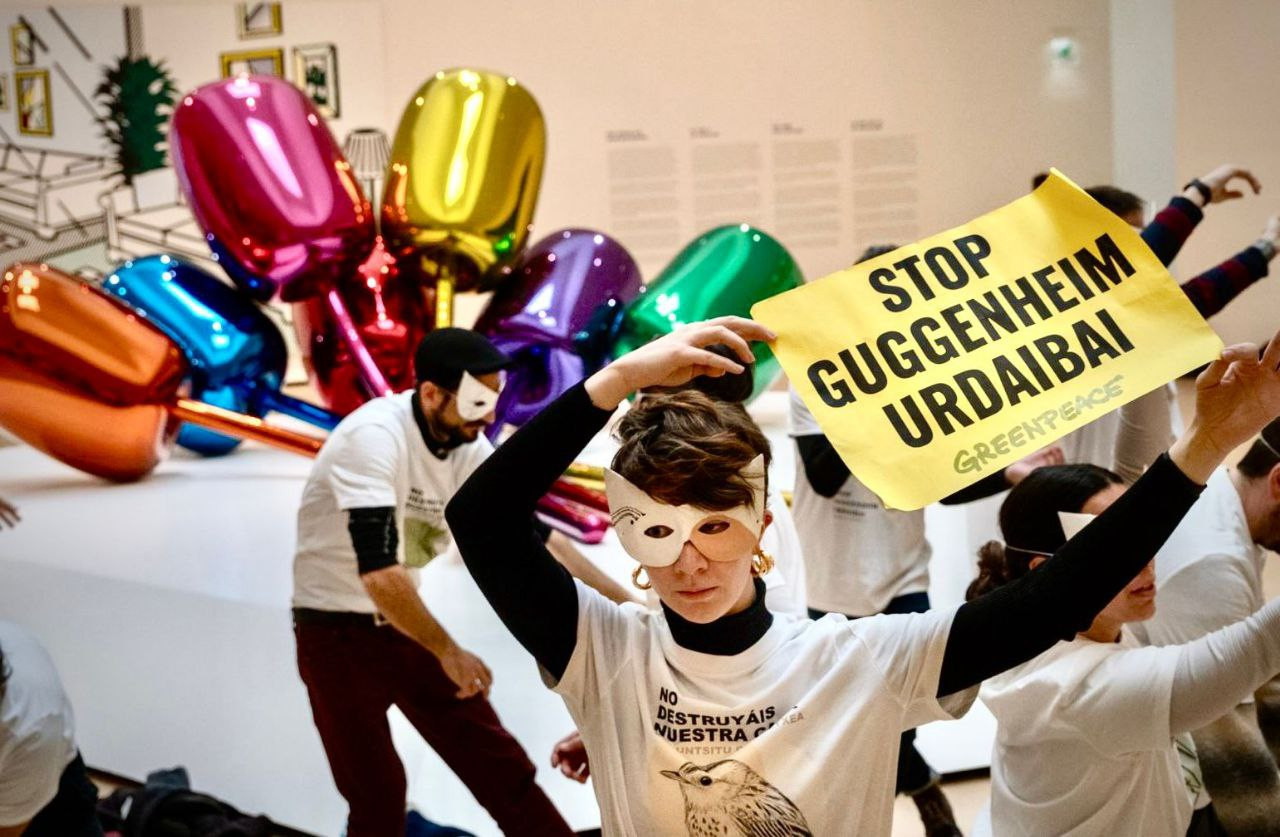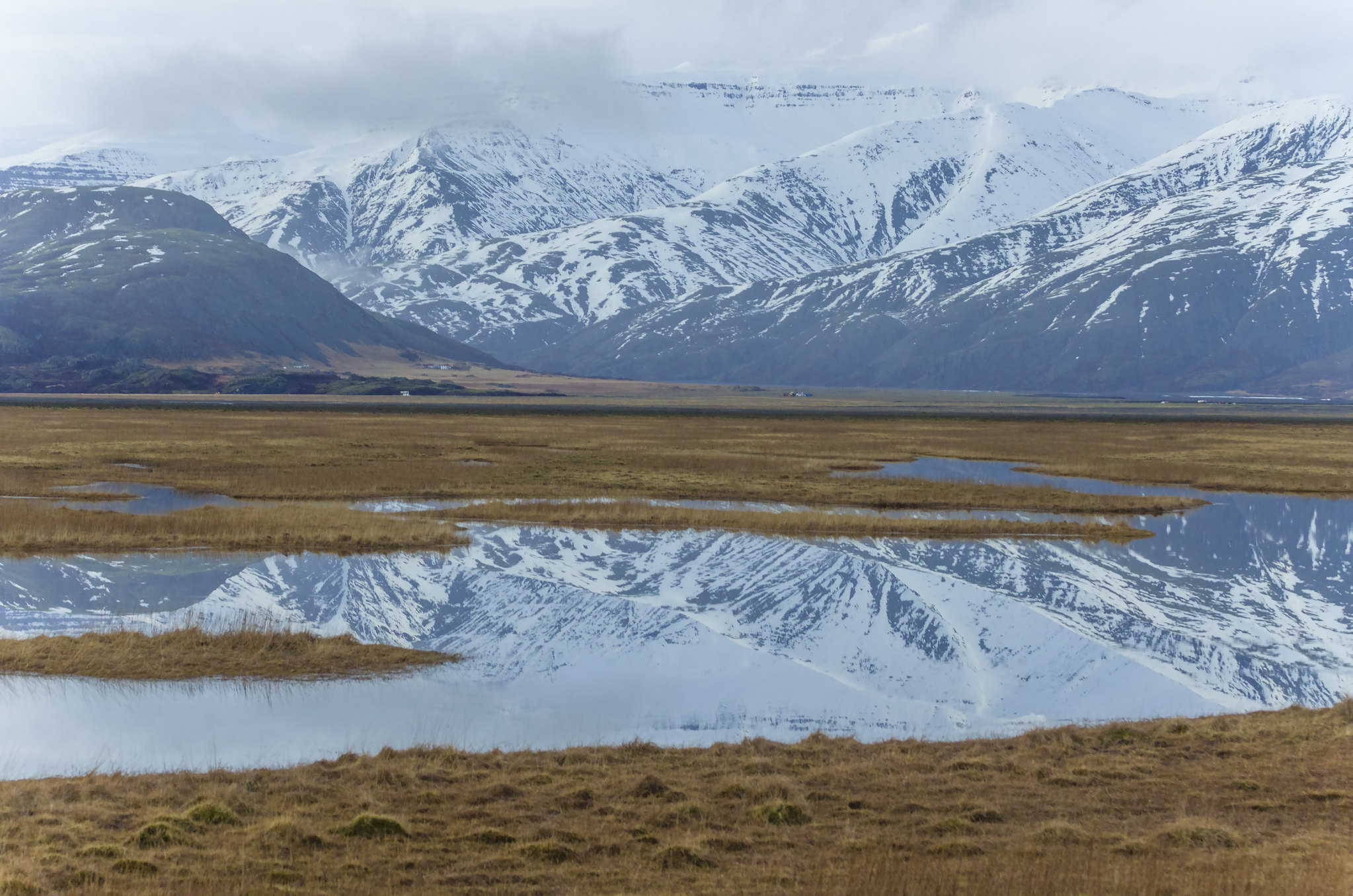Patriarchy means that women are the first victims of natural disasters
- Natural disasters do not harm all people equally. It is well known that survival after flooding is conditioned by the degree of wealth. On the contrary, we are much more aware that gender conditions this survival: Why specifically do women die more in natural disasters? Why do disasters bring their living conditions? Patriarchal norms and the social roles of each gender make women more vulnerable in various ways.
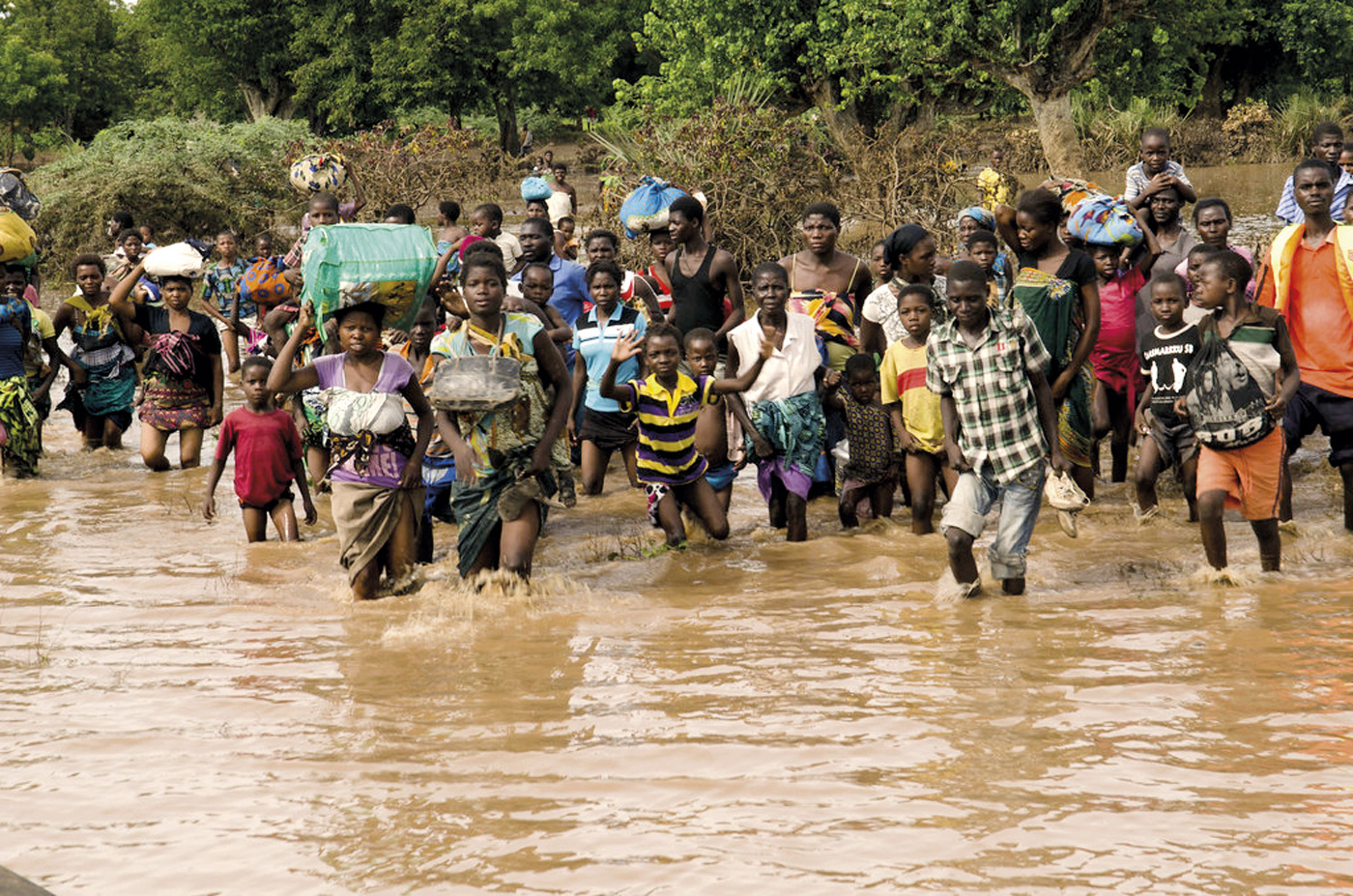
The rains of storm Daniel, who hit Libya, broke an old swamp and thousands of people died in September. Although this disaster has soon disappeared from the mainstream news, the burden of survivors has not disappeared in the same way. In addition to overcoming the trauma, women are in a situation of special gravity that prevents them from meeting their health needs. The Lebanese expert Hajar Darwish in women's sexual health emphasizes that often humanitarian organizations are made up of men and that men make decisions: the first things that have been thought are food, clothing and medication, while the material to meet the special needs of women appears much lower on the list, often inadequate, who prepares them does not often know what it is to be menstruating...Darwish also says that in Africa it is Poor sanitation or medical care for pregnant and newborn women can also increase mortality. One solution may be the organisation of specific programmes to support women, creating groups of women with appropriate cultural references to each region. This would mean changing the "universal" standard based on the white man.
Immobility causes death
In the 2840 issue of ARGIA, Bangladesh shows us the possibilities and limitations of adaptation to the Sinking, since families headed by a Bangladeshi mother, to which we referred in the article, are poorer than those headed by a father, so they must allocate twice their benefits to disasters. Care also hinders women's mobility and is more vulnerable to disasters. When the disaster strikes, published by researcher Sonja Ayeb-Karlsson in Climate Risk Management magazine: Gendered (im)mobility in Bangladesh [In the event of a disaster: gender mobility (impossible) in Bangladesh] points out that Bangladesh's gender social roles determine the trend towards shelter protection during cyclones. She explains that immobility is closely linked to gender, because mobility and bravery are frightened by men, while for women mobility is dangerous.
These expectations reinforce the dependence on domestic activities for women, and when cyclones occur, the probability of staying at home is higher if you are without a male, with a higher probability of dying. In the Aceh region, Indonesia, most affected by the tsunami of December 2004, three quarters of the victims were women. This was announced in the report The tsunami’s impact on women, published by NGO Oxfam in March 2005. The causes of this inequality are mainly focused on economic activity: at the time the tsunami hit, many men from coastal towns were fishing at sea. The waves, despite their notoriety, did not revolutionize the boats. In rural areas, men were out of home, working in fields or selling production in markets. The women at home with the children and the seconds they tried to bring the children together at the time the wave sounded were decisive. There are similar testimonies in India. In Sri Lanka, teaching adds to these factors: children are taught to swim and get on trees, while girls are not. In an event like the Tsunami, many paid for their lives that deficit.
The Gendered Nature of Natural Disasters 2007: In The Impact of Catastrophic Events on the Gender Gap in Life Expectancy, 1981–2002 [The generic nature of natural disasters: The influence of disasters on life expectancy, 1981-2002], researchers Eric Neumayer and Thomas Plümper analyze natural disasters in 141 villages between 1981 and 2002. Some general trends have been identified: natural disasters generally kill more women and women die younger than men, differences which are greater in the most fatal accidents. On the contrary, in places where women have a higher socioeconomic level, these differences are smaller. According to them, the vulnerability of socially constructed women makes female mortality in disasters greater than that of men, which is not associated with biological or physiological differences between genders.
Strengthening patriarchal norms
In Malawi, in southern Africa, rainfall was extraordinary in 2015. As a result, many farms lost the dormant harvest and diminished food resources. In the following years the drought caused by the Child phenomenon did not improve the situation. In this context, children's weddings proliferated. In this regard, journalists Maria Uderscu, Miriam Beller and Gethin Chamberlain published the documentary "Brides of the sun". In it appears the testimony of Ntonya Sanz: At the age of 13, a 19-year-old man proposed 50 kilos of sugar and 25 000 MWK (30 euros) for his daughter's hand. Ntonya told the mockery that he was not prepared for it, but the mockery replied that he should accept it because at home there was not enough to eat. There are thousands like Ntonya. Although the lives of young men in Malawi are harsh on climate change, most of them marry after 18 years and are not forced by burglars. Driven by patriarchal traditions, girls are forced to marry like this when food is scarce. According to Mac Bain Mkandawi, director of the Youth Net and Counseling Youth Support Organization (YONECO), between 30% and 40% of child marriages are related to climate change in Malawi, equivalent to 1.5 million girls.
Lurrak guri zuhaitzak eman, eta guk lurrari egurra. Egungo bizimoldea bideraezina dela ikusita, Suitzako Alderdi Berdearen gazte adarrak galdeketara deitu ditu herritarrak, “garapen” ekonomikoa planetaren mugen gainetik jarri ala ez erabakitzeko. Izan ere, mundu... [+]
Eskola inguruko natur guneak aztertu dituzte Hernaniko Lehen Hezkuntzako bost ikastetxeetako ikasleek. Helburua, bikoitza: klima larrialdiari aurre egiteko eremu horiek identifikatu eta kontserbatzea batetik, eta hezkuntzarako erabiltzea, bestetik. Eskola bakoitzak natur eremu... [+]
Agintari gutxik aitortzen dute publikoki, disimulurik eta konplexurik gabe, multinazional kutsatzaileen alde daudela. Nahiago izaten dute enpresa horien aurpegi berdea babestu, “planetaren alde” lan egiten ari direla harro azpimarratu, eta kutsadura eta marroiz... [+]
Biologian doktorea, CESIC Zientzia Ikerketen Kontseilu Nagusiko ikerlaria eta Madrilgo Rey Juan Carlos unibertsitateko irakaslea, Fernando Valladares (Mar del Plata, 1965) klima aldaketa eta ingurumen gaietan Espainiako Estatuko ahots kritiko ezagunenetako bat da. Urteak... [+]
Nola azaldu 10-12 urteko ikasleei bioaniztasunaren galerak eta klima aldaketaren ondorioek duten larritasuna, “ez dago ezer egiterik” ideia alboratu eta planetaren alde elkarrekin zer egin dezakegun gogoetatzeko? Fernando Valladares biologoak hainbat gako eman dizkie... [+]
Eskoziako Lur Garaietara otsoak itzularazteak basoak bere onera ekartzen lagunduko lukeela adierazi dute Leeds unibertsitateko ikertzaileek.. Horrek, era berean, klima-larrialdiari aurre egiteko balioko lukeela baieztatu dute, basoek atmosferako karbono-dioxidoa xurgatuko... [+]














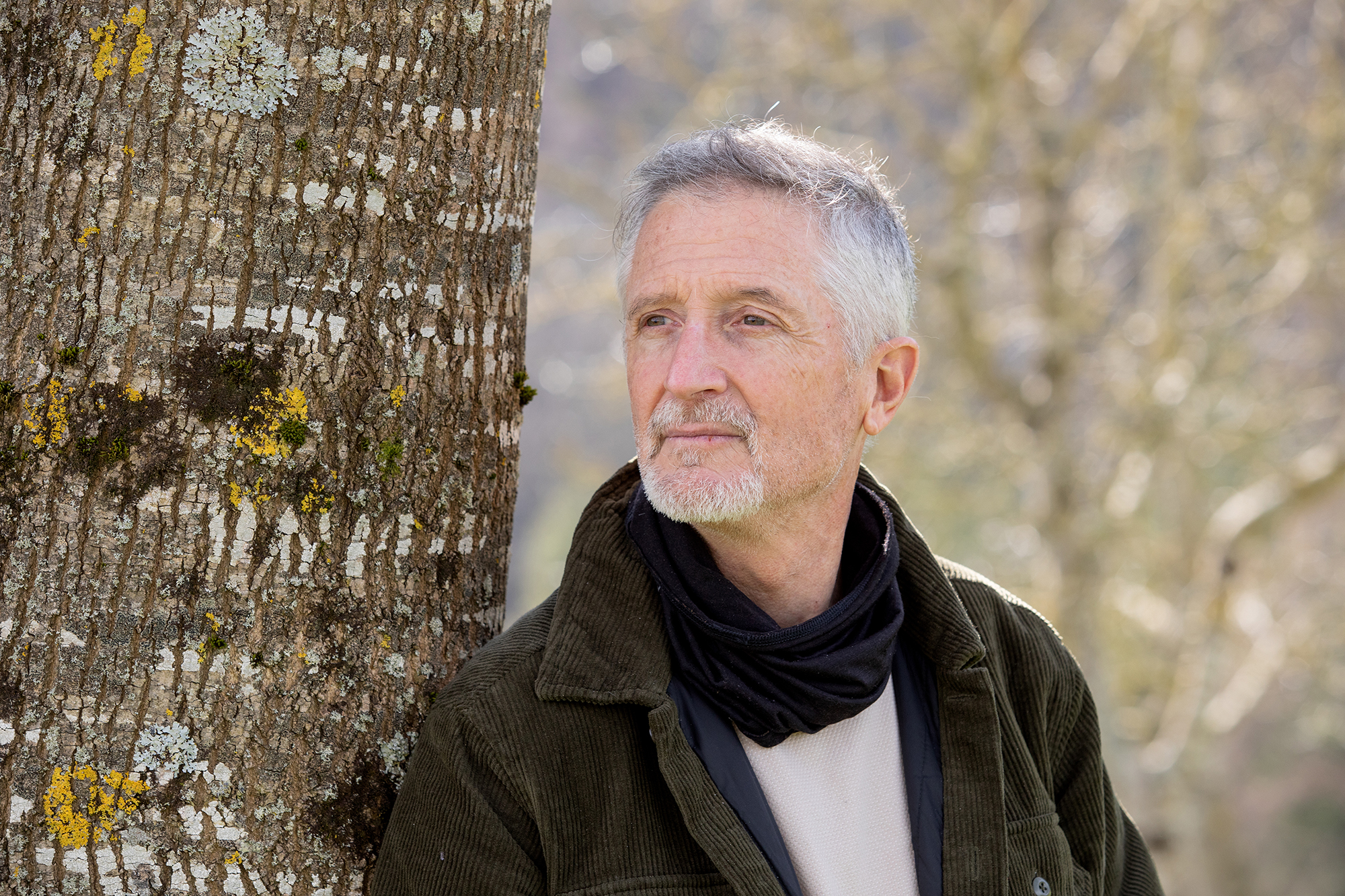
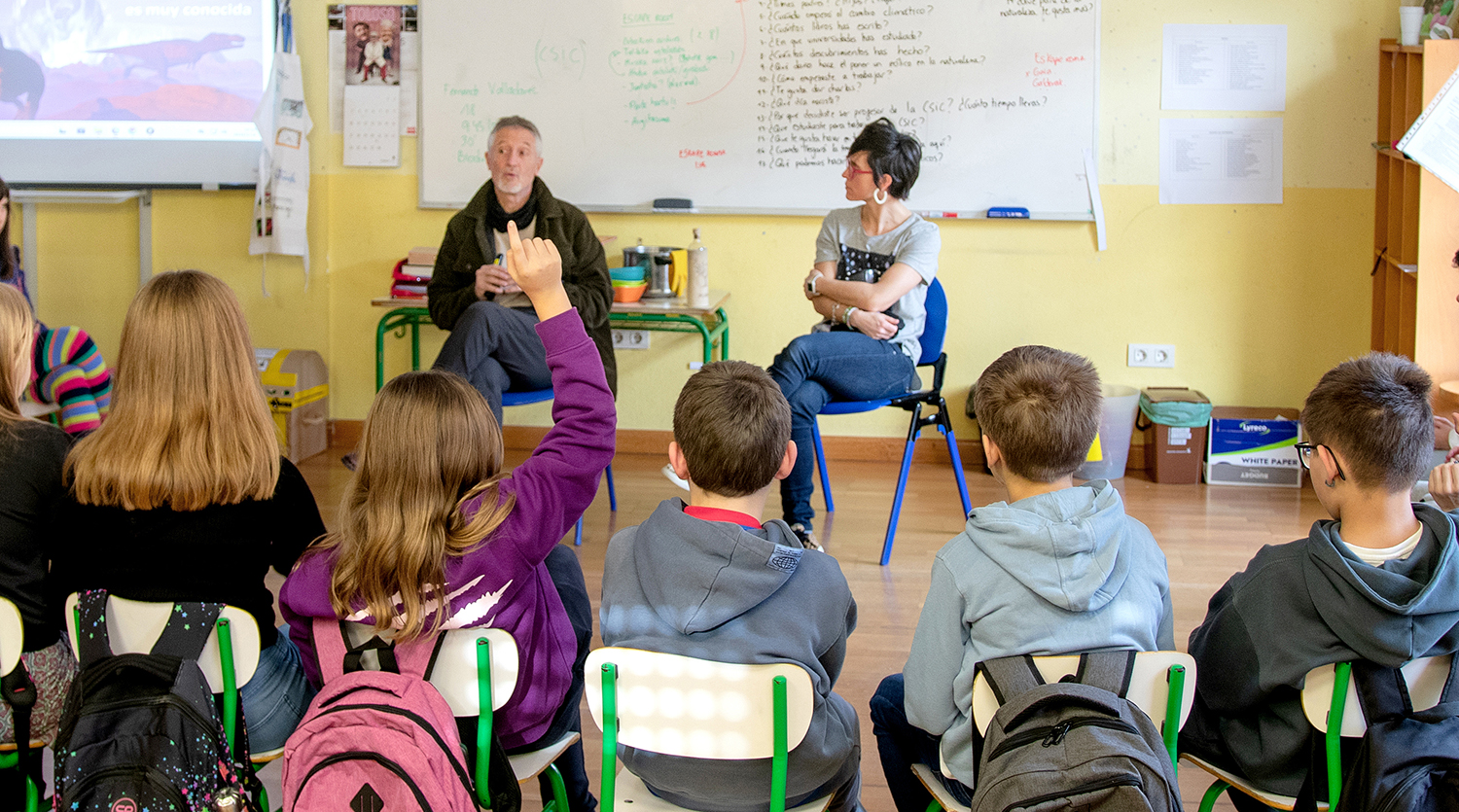

_Glaciar.png)


